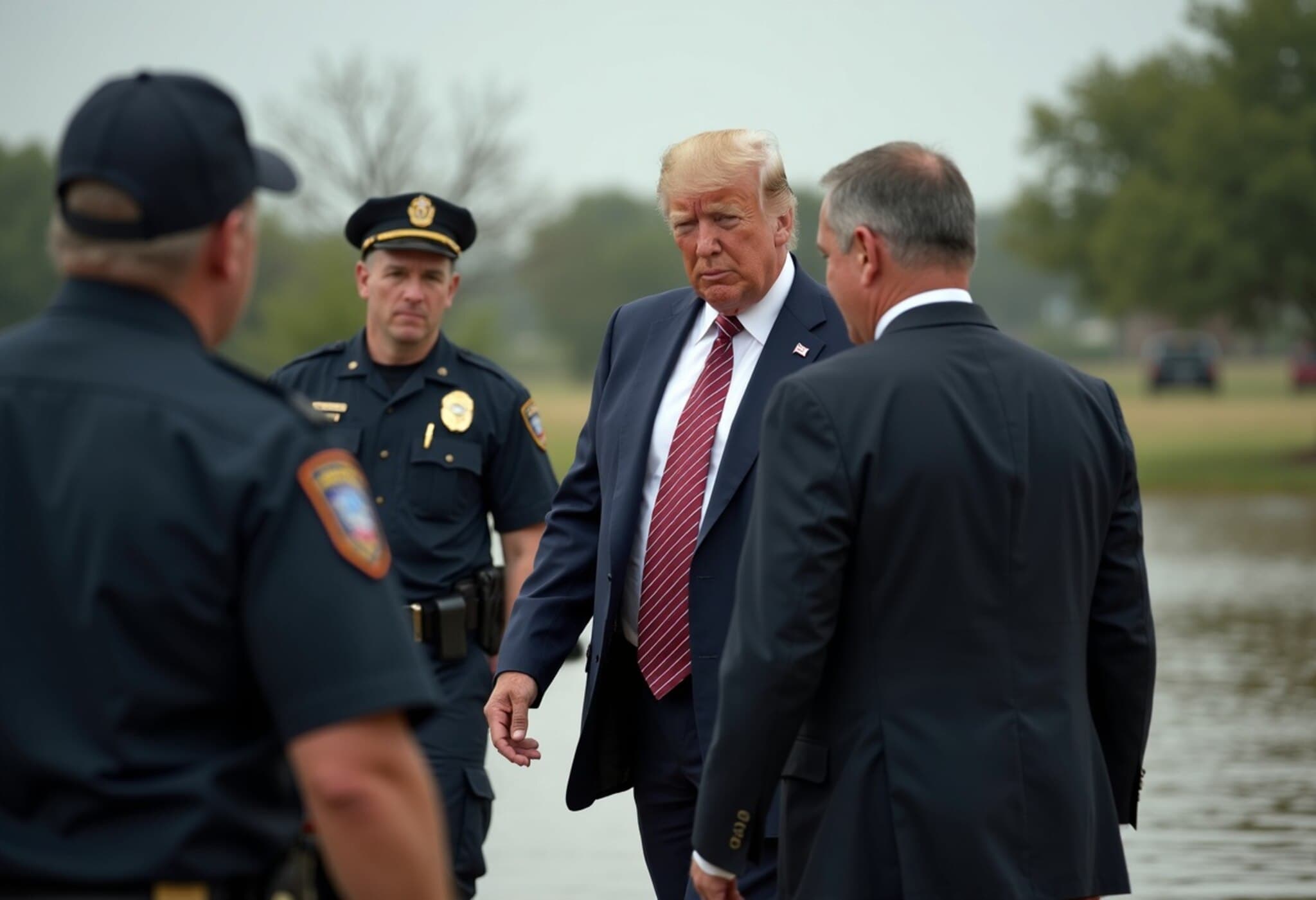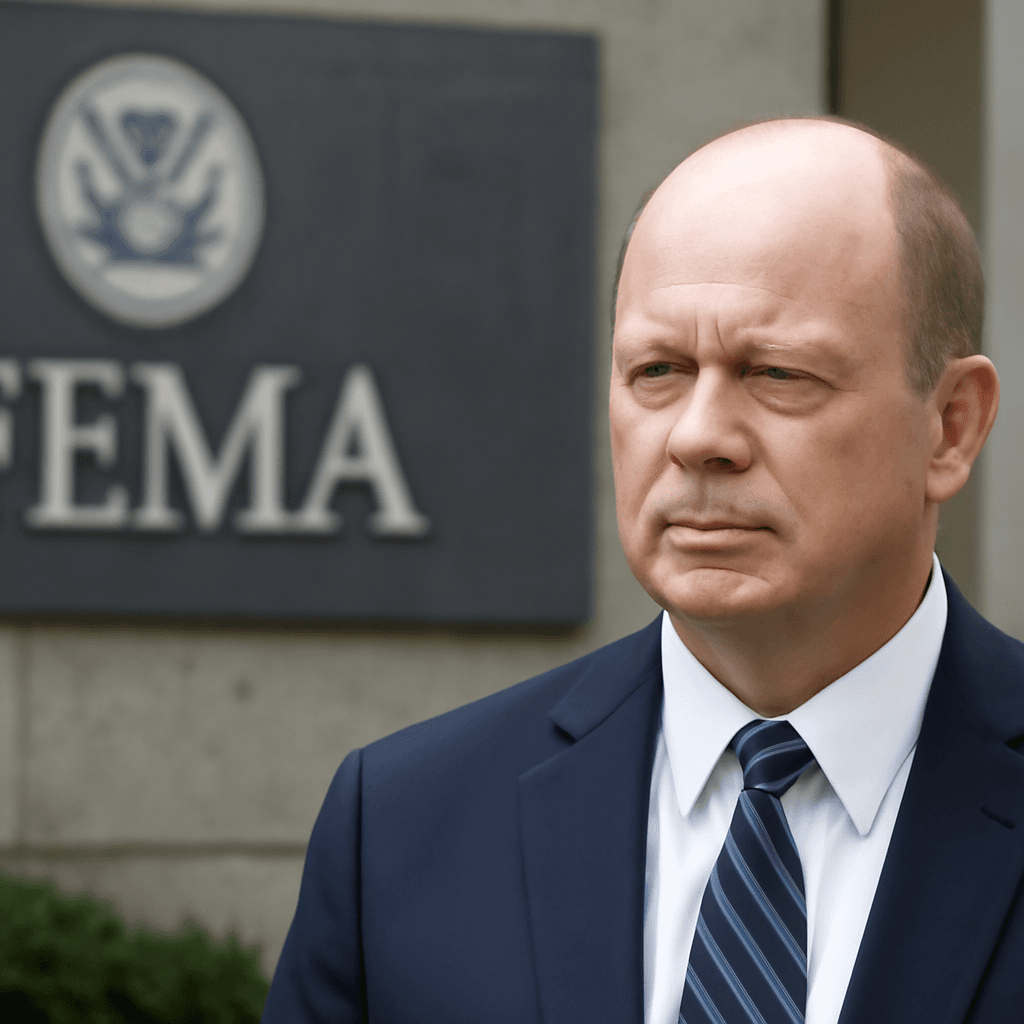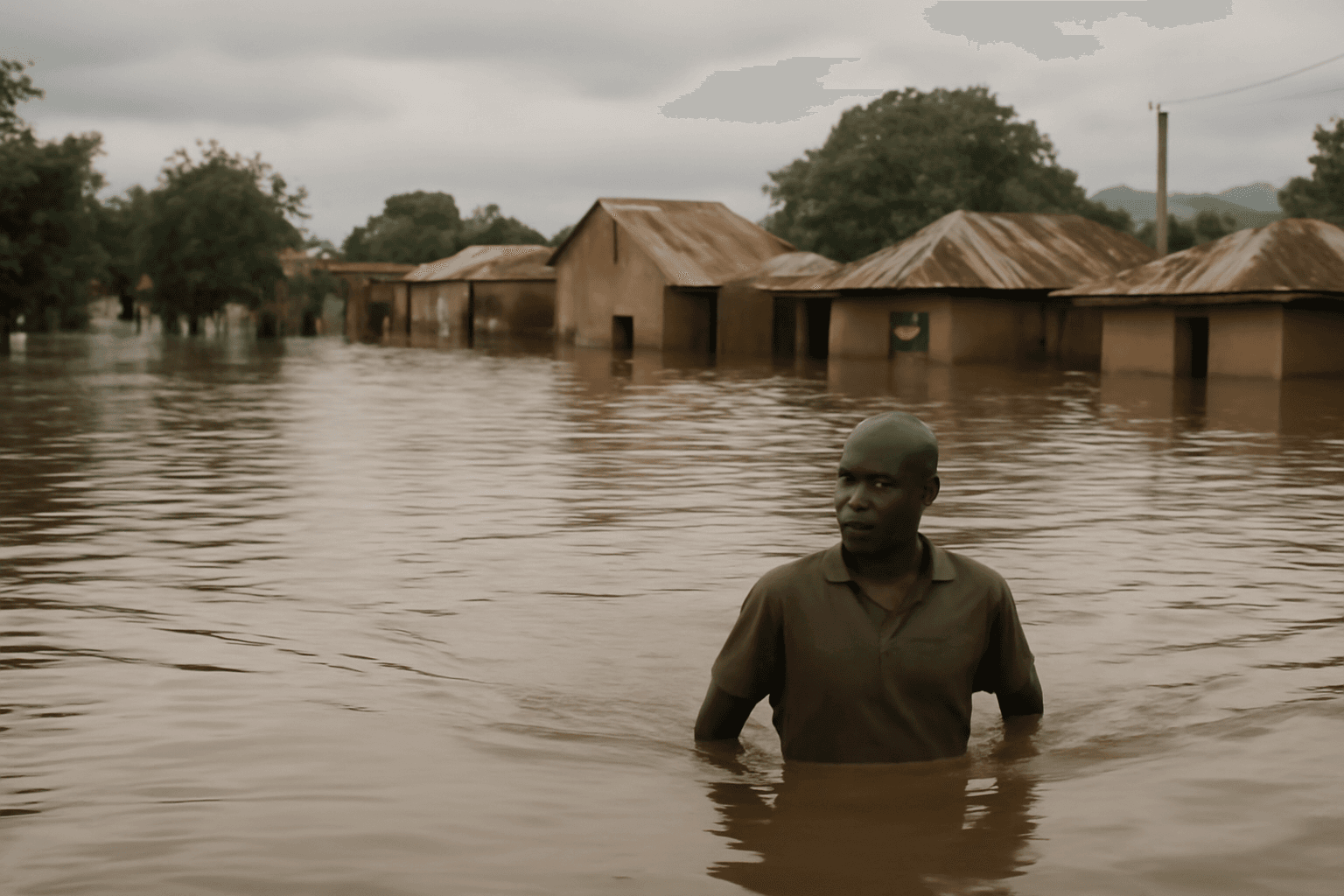Trump Tours Flood-Ravaged Texas Amidst Growing Human Toll
On July 11, 2025, President Donald Trump arrived in central Texas, stepping into the heart of a region reeling from catastrophic flash floods that have claimed at least 120 lives, including dozens of children, with over 170 people still missing. Touching down in Kerrville, one of the hardest-hit areas, Trump was accompanied by First Lady Melania Trump and Texas Governor Greg Abbott for extensive briefings and site visits.
Scenes from the Ground: A Leader Among First Responders and Families
Wearing a white "USA" ballcap, the President engaged directly with emergency responders and local officials, receiving real-time updates on rescue and relief operations. The setting was poignant—uprooted trees, scattered emergency vehicles, and grieving families bearing the brunt of a flood surge that devastated communities along the Guadalupe River.
First Lady Melania Trump, dressed pragmatically in a khaki jacket and Converse sneakers, joined in meetings with rescue crews and shared moments of solace, reminding many Texans of the importance of empathy during times of crisis.
The Human Cost: Children Among the Victims
The flooding spike around Independence Day was particularly deadly for children, with at least 36 young lives lost. The tragedy was especially acute at Camp Mystic, where 27 fatalities were reported after rapidly rising waters swept away cabins, vehicles, and campers. As search and rescue efforts pressed into their eighth day, officials cautioned the death toll might rise as more areas become accessible.
Aerial Assessment and Crucial Infrastructure Concerns
Later during the visit, President Trump conducted an aerial tour aboard Marine One to survey the widespread destruction firsthand. This flyover affirmed the extensive damage to homes, businesses, and vital infrastructure that now challenges recovery efforts. Trump emphasized the need for upgraded flood warning systems and resilience planning, acknowledging the floods as a "terrible thing" and what he termed a "100-year catastrophe."
Federal Response Under the Microscope
While Trump expressed support for enhanced disaster mitigation, he refuted criticisms suggesting that federal staffing cuts—particularly within agencies like FEMA—slowed the initial response. "Local officials were hit by this just like everybody else," he remarked in an NBC News interview, underscoring the shared burden on state and local responders.
Kerr County Commissioner Jeff Holt, also a local firefighter, welcomed the presidential visit, noting it sent "an important signal". "He’s here to pledge federal support, like he already has with FEMA. That’s what a leader does," Holt stated, highlighting the essential role of federal-state collaboration.
Accountability and Future Preparedness
Despite this show of support, the response efforts have sparked intense scrutiny from lawmakers and disaster experts alike. Delayed evacuation alerts and communication challenges have led the House Oversight Committee to open an inquiry into the handling of the floods. Congressional members have requested detailed records from FEMA and related agencies to analyze whether administrative restructuring or resource cuts may have hindered timely aid.
President Trump’s administration has signaled a broader shift toward empowering state governments with greater disaster management responsibilities, although the future mandate and funding for FEMA remain topics of public debate. Homeland Security Secretary Kristi Noem praised the federal response as "swift and efficient," emphasizing ongoing efforts to provide aid.
Contextualizing the Crisis: Lessons for National Disaster Policy
This devastating event underscores the complex challenges that climate-induced disasters pose to emergency infrastructure and governmental readiness. Texas’s experience highlights urgent questions about how federal and state agencies can coordinate effectively amidst tightening budgets and evolving threats from increased extreme weather events.
Experts suggest that although federal involvement remains critical in large-scale disasters, empowering local responders with improved technology, early warning systems, and funding is essential. Additionally, there is a growing call to integrate climate resilience planning into urban and rural development — especially along vulnerable river basins like the Guadalupe.
Underreported Narratives: The Emotional Toll and Community Resilience
Beyond numbers, the human stories emerging from Texas reveal remarkable resilience and community solidarity. First responders, many of whom are volunteers, continue search operations despite exhaustion. Meanwhile, families displaced from homes face long-term uncertainty amid rebuilding efforts.
The President’s visit, while symbolic, also serves to spotlight these grassroots efforts and the need for sustained public and private support to aid recovery — a reminder that disaster relief is as much about empathy and leadership as logistics.
Editor's Note
As central Texas confronts the aftermath of unprecedented floods, this tragedy offers a sobering lens on America's disaster readiness and response frameworks. The intertwining of climatic chaos, infrastructural vulnerabilities, and political decision-making calls for renewed conversations about investment in resilience.
Will lessons from this calamity prompt meaningful reform in federal-state coordination and FEMA's role? And how might communities best adapt to a future marked by increasingly frequent and severe natural disasters? These questions remain pressing as Texans begin the arduous path toward recovery.



















